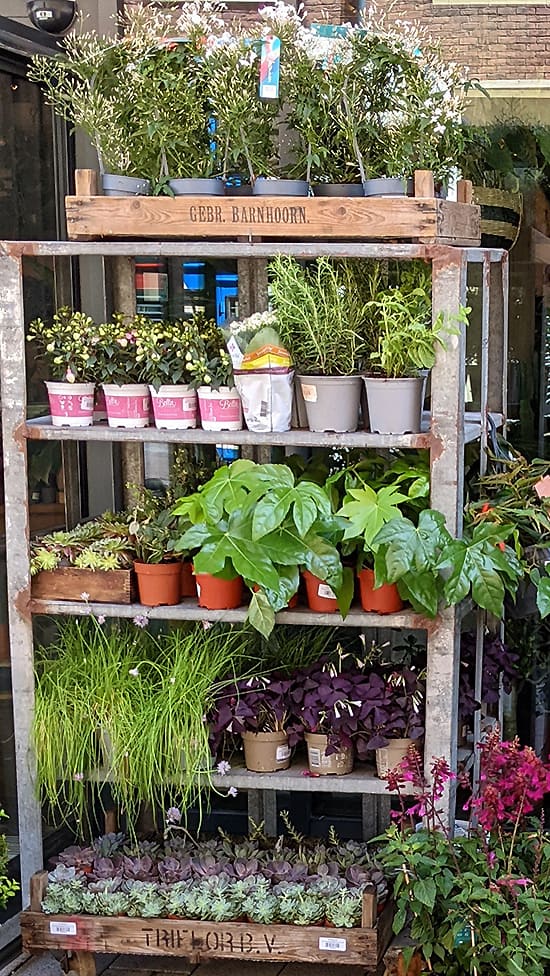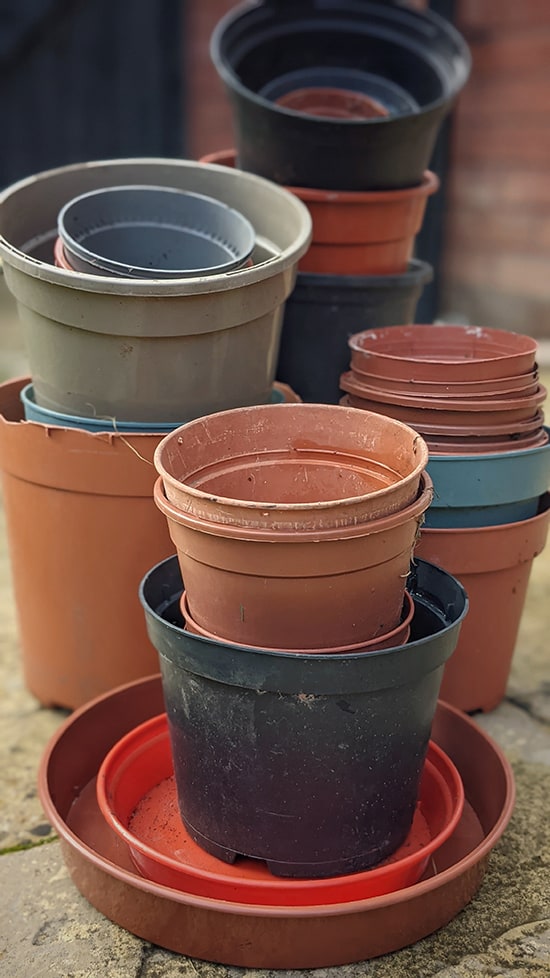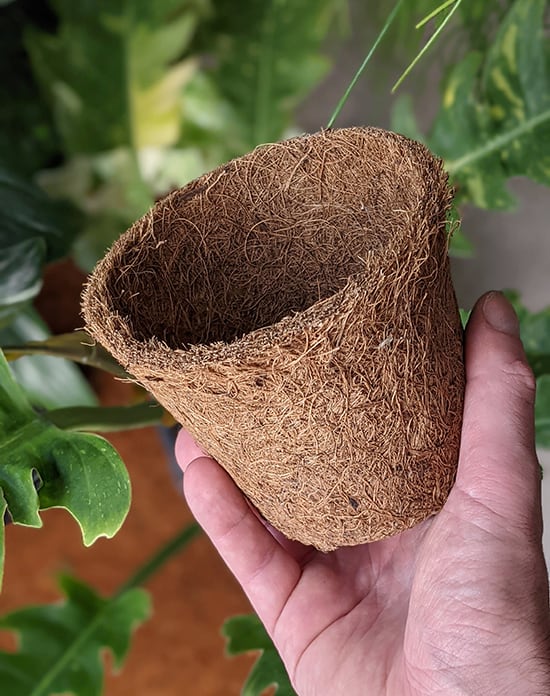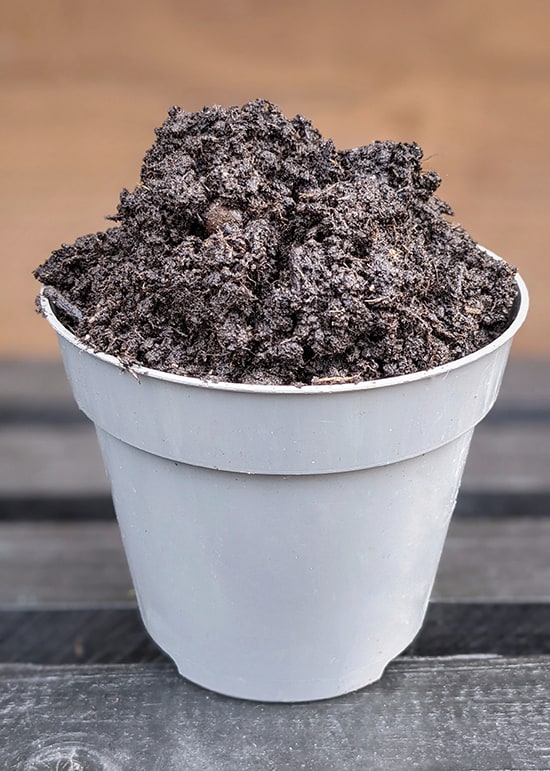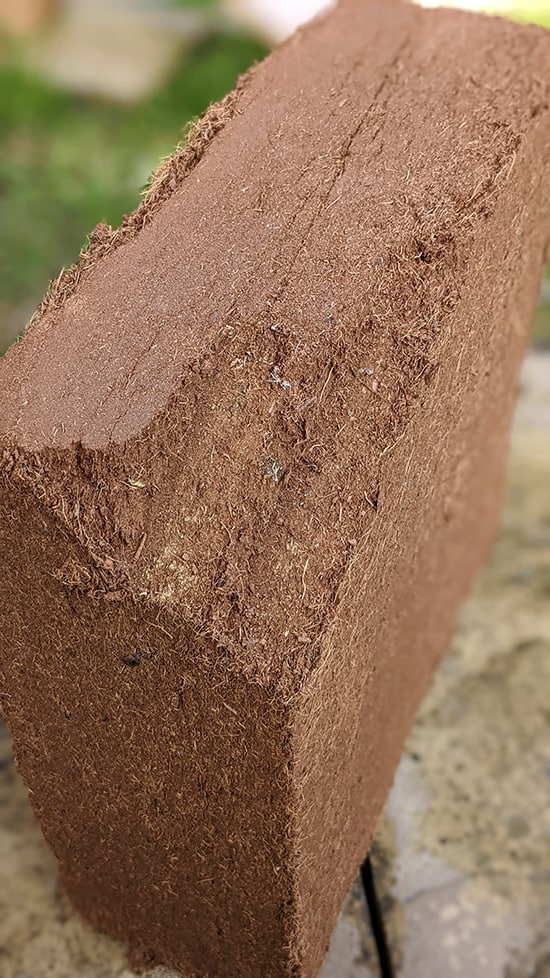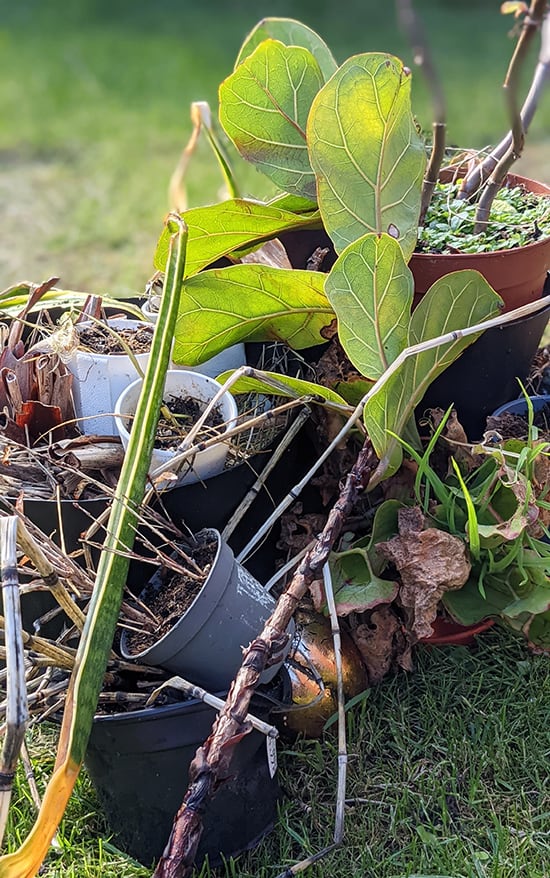Generally, once settled in your home, indoor plants maintain a relatively neutral stance regarding the environment. While they can modestly reduce indoor air pollution, houseplants aren't directly performing any significant negative or positive actions. That's the first part of the answer
The more complicated part of the question addresses their journey to you. We're talking about where they were grown, how they got to your home, and what they're growing in.
Finally, how you're looking after them can significantly affect your climate footprint and the environment in general.
The vast majority of houseplants are eventually discarded. This outcome is far from ideal, but the good news is there are numerous ways we can adjust our practices to reduce the environmental impact of plant parenthood.
It may seem that houseplants would have zero impact on the environment. They are, after all, "green" and wholesome living things, right? Not quite!
Like most aspects of life, everything we do impacts the climate and the world we inhabit to some degree, even houseplant ownership. Fortunately, the environmental impact of houseplants is generally not as significant as other forms of human activity. I've included tips later in this article to help you cultivate even more sustainable indoor gardening practices.
OurHouseplants.com Position
Individually, in most cases, we're not going to change the world or do anything meaningful to affect climate change. But we should be conscious and step up to the plate where we can. As houseplant owners, we can do better (me included).
There is a lot to consider, and this isn't the place to be too philosophical, but I think houseplants can provide many benefits that make them worthwhile.
Granted they're not the best air cleaners for improved indoor air quality but they do have a whole host of positives, as well as helping connect us to nature.
We might not change the world, but morally and as a large powerful group of consumers, I think we're obligated to play our part where we can and help make a difference.
This article looks at why houseplants are bad for the environment, what we can do differently, and what we can do better.
Starting with the least damaging to the worst, some of what follows may surprise you.

Hi, I'm Tom!
If you're like me and enjoy the challenge of growing houseplants and getting them to thrive, then Ourhouseplants can help. This website shares my knowledge and years of growing plants and provides (hopefully) helpful advice on properly caring for your indoor plant friends.
A spin on "food miles". "Plant miles" are a basic measure used to calculate how much greenhouse gases your plant has created in terms of being grown and transported to your home.
Most houseplants are grown in central and large locations before being shipped to other countries. For example, most of Europe's indoor plants are grown in Nurseries in the Netherlands.
A lot of energy and time is spent growing the houseplants to a decent size, years in some cases, and then being shipped out. That's a lot of carbon dioxide and taken at face value, this sounds bad.
But it may not actually be that bad. Yes, one plant being grown with a specialist lamp, round the clock care and then being sent halfway around the world using fossil fuels would have a mammoth footprint. However, nurseries and growers are incredibly efficient with the resources and space used.
Thousands of plants could be grown in one average sized greenhouse at the same time. They're then packaged up and shipped together. When doing it in bulk like this the overall footprint is spread across all thousand plants.
There are many houseplants for sale at a garden centre, but each one only has a fraction of the carbon emissions the growers and transporters produce.
This is a relatively easy one. The current systems in place for the manufacturers are already reasonably efficient. Therefore, where you have the most impact is where you buy and get your houseplants from.
The vast majority of houseplants come from stores in plastic pots. They're lightweight, fairly durable and they're also affordable. This keeps the costs down for the growers, sellers, and of course, us, the buyers.
In principle, a plastic plant pot (like most plastics) won't rot or break down easily and you could have it for life. Except it doesn't work like that.
Once you've amassed a small houseplant collection, you will have a large number of pots, and inevitably you will lose some plants over time, creating a surplus of these plastic pots laying around.
It's further complicated because the plastic will often become brittle over time. This eventually leads to damage and after a few years, many pots will start to break and become unusable. Aalthough the plastic itself can last for hundreds of years, the shape or form it's in, doesn't.
Store your old pots so you have a choice when you come to repot you potted plants in the future.
Fortunately, you can easily apply the Reduce, Reuse and Recycle principle here.
A coconut coir pot with drainage holes could make an excellent plastic replacement for your tropical plants or any that need good drainage. One with compact and thick sides like this could last up to 3 years or more.
What your houseplants are growing in can have a substantial environmental impact and using peat moss is damaging on a colossus scale.
The major concern here is that many, shop brought houseplants are grown in a peat based medium.
This familiar material is harvested from peat bogs, a type of wetland that holds and locks away one-third of the world's soil carbon. The bogs also reduce flooding in the local area, improve water quality and provide a habitat for diverse wildlife, some of which are already rare or endangered.
Peat isn't even a particularly fantastic growing medium. It's mainly used because it's lightweight, cheap to harvest and retains a decent level of moisture that plants enjoy.
However, James Wong points out that it contains no nutrients, breaks down after a few years, and if allowed to dry out completely, will often become water-repelling (hydrophobic), so it's tricky to work with.
Even though Peat is organic matter, it takes a long time to form (less than 1mm every year) so it's not considered a renewable resource.
It can't get any simpler. Don't use peat; use a peat-free potting mix instead. Don't support the destruction and harvesting of peat bogs.
Coconut Coir often comes in compressed blocks like this 5kg one. Add water and it will expand to 75 liters - The same as a large bag of peat compost.
Of all the issues I've addressed, wastage—or "throwaway culture"—stands as the number one worst.
Unfortunately, it's the end result for many houseplants, either accidentally or purposely. It ranks as the very worst issue because it's a culmination of everything that led that plant to you in the first place.
In the worst possible case scenario, it will include:
If your plant is quickly discarded, or you fail to provide the proper plant care and it ends up like the plants below, then the environmental impact is magnified. Especially as that person is then likely to go out and replace it with another.
Perhaps it's time to go and buy new plants! But rather than keep buying replacements, the best thing would have been to look after these better, given them away, or reused all those pots.
All you need to do is keep them alive and happy.
Sounds simple. And yes, even the best of us lose plants sometimes; it can't be helped. There is no perfect fix, but these are my top four tips.
It's almost impossible to have truly carbon neutral houseplants growing in our homes. The supply chains in the horticulture industry will all generate and emit greenhouse gases.
In recent years companies have been happy to say they're carbon neutral but greenwashing is a persistent and prevalent problem. It's hard to know who to trust. Even if the company is genuine, we as consumers will generate separate emissions as talked about already.
We can't erase our carbon footprint, but we can reduce it.
This might all sound doom and gloom, but we have to accept that almost everything we do in life will generate greenhouse gases. Even Electric cars aren't perfect, nor can they ever be truly carbon neutral. But over the life of the vehicle they're generally "better".
I think that's what's important. We can't erase our carbon footprint when it comes to the hobby of indoor gardening, but we can reduce it. The pointers and issues I've highlighted above can help with this massively.
Finally, as consumers, we have a lot of power. Sellers want to sell what we want to buy. As soon as that starts to happen at scale, prices reduce for everyone and it becomes common.
An excellent example of that is rare houseplants. Initially crazy expensive, they often become far more reasonable and easier to find over time.
If there is a demand for bio-degradable pots, peat free potting mixes, or more locally grown plants, then it will be fulfilled. How do you create that need? By buying these things now and showing the sellers there is a demand for it.
Remember, almost all houseplants are essentially environmentally friendly plants. It's just how what we do with them that determines how bad (or good) they are for the environment.

